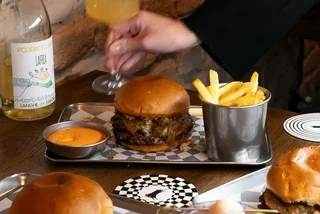What is home? Is it a place we can point to on a map or a state of well-being? Is it a particular object or a childhood memory? Who belongs in our home and who would we prefer to be excluded from it? Is home something to be proud of or reviled?
Borrowing its title from the first line of the Czech national anthem, Kde domov můj (or Where is my home?), the new autumn exhibition at DOX, investigates these fundamental questions through a thought-provoking and diverse selection of art works. It’s a topic that’s bound to strike a chord with Expats.cz readers, who are, yep, you guessed it, foreigners, and therefore are faced with the question of what home is in a particularly powerful way.
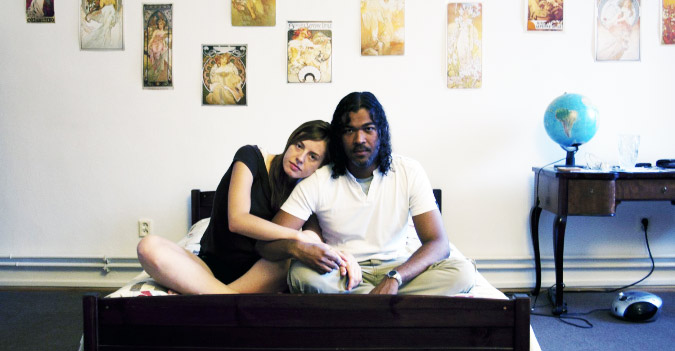
Jindřich Štreit, Selection from the We Are from the Same Planet series
While the theme is certainly topical, I was concerned that Where is my home? would be preachy and reductive. Would I end up spending an afternoon walking around a poorly executed selection of hand-wringing installations in which a bunch of Czechs flagellate themselves for living in a country which is intolerant and inward-looking? Thankfully, the answer was no. Although some of the representations of the Czech nation were undeniably negative – how else can you describe a map of the Czech Republic made up of a pool of vomit? – the main theme was interpreted in the broadest possible sense.
That’s the only explanation I can find for the inclusion of one of my favorite pieces: a video installation telling the story of the Complaints Choir phenomenon. Members compose a song about whatever annoys them from petty grievances such as “Cabs speed up when I cross the street!” to deeply personal confessions like “I can’t stop thinking about sex!”
Since the first group was founded back in 2005, The Complaints Choir concept has spread to dozens of cities across the world. Expressing dissatisfaction as part of a group, it seems, makes us feel at home. “Complaining is not at all about changing things, but rather to build a communal feeling,” explains the blurb in a leaflet I pick up next to the installation. Surprisingly perhaps given the Czech reputed negativity, there has only been one Complaints Choir in the country to date in Usti Nad Labem.
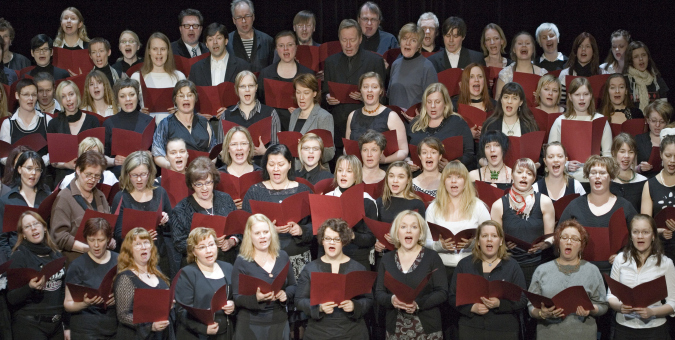
Tallervo Kalleinen and Oliver Kochta-Kalleinen, Complaints Choir, Helsinki, 2006
At first glance, “Home in a Home” by Kristyna and Marek Milde is merely an old-fashioned writing bureau and a chair. However, the desk is not merely an item on display but instead invites visitors to sit down and complete a questionnaire on the non-functional objects in their home, that help to personalize the otherwise blank boxes we inhabit. A selection of the most interesting responses – a rusty nail found in a forest, a collection of meteorites and a dead rosemary plant –are displayed on the wall above the desk.
Not all the exhibits are interactive, multimedia or experimental. Lukas Jasansky and Martin Polak’s black and white photographs, Selection from the Village Series, which document a Czech rural community in decline, somehow manage to communicate absence and loss without presenting this vanishing world in a haze of nostalgia.
Petr Gibas’s engaging photographs of Prague’s garden colonies are a colorful glimpse into this fascinating world. It’s clear from the images that these plots of land are of a deeper significance to their owners than just the opportunity to boost the family’s supply of fresh fruit and veg: they usually have a small dwelling rather than a more utilitarian shed or greenhouse, an obvious attempt to create a home from home in a green space lacking in the everyday urban environment.
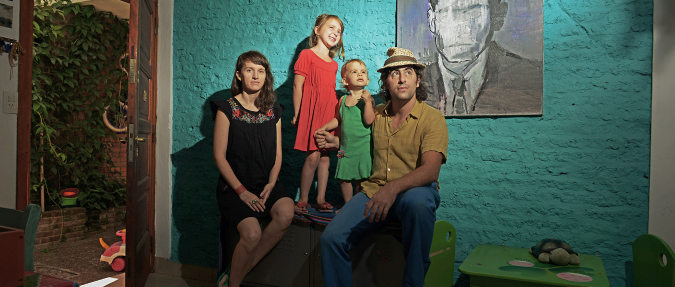
Vojtěch Vlk, Jitka and Julian Teubal with daughters, Buenos Aires, 2013
One of the most moving pieces was Daniel Pešta’s moving installation tackling the fraught issue of Czech Roma identity. Two videos of a group of Roma children and teenagers are projected onto adjacent walls. In one, you watch while the youngsters don black hoods, the kind you might be asked to wear before stepping into the hangman’s noose; in the other, they put on identical black hoods. The message is simple: race is a lottery. One boy’s wide-eyed expression was particularly poignant as he played along with the rules of the game dictated to him by an outside authority.
As you would expect, many of the works fool around with familiar symbols of Czech national identity. The outline of the country’s borders appears not only as a pool of vomit but an altogether more inviting fake fur rug. One painting of an out-of-town supermarket, expresses anxieties about the impact of capitalism: the familiar logo of Tesco has been transformed to Česko.
Above that pool of sick, there’s a striking painting of Říp Mountain, a point of crucial significance in the nation’s founding myth, executed in the colors of Czech flag. And that flag appears again and again. “The Big Zip”, a video installation by Alexander Lyakhovich has that Czech blue triangle and accompanying stripes metamorphose into the flags of other post-Communist nations, suggesting that the difference between the former Eastern Bloc countries might not be so vast after all.
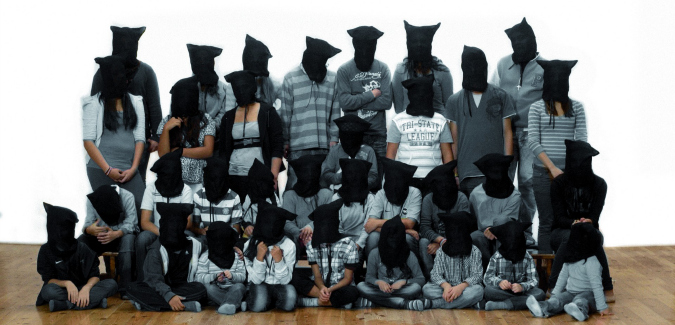
Daniel Pešta, I Was Born in Your Bed
One exhibit should be particularly easy for Expats.cz readers to identify with: a series of six photo portraits of foreigners who’ve chosen to live in the Czech Republic. The beautifully shot images are accompanied by short biographies of the subjects who hail from a diverse range of locations including China, Afghanistan, and Brazil. Their reasons for moving to the Czech Republic and the difficulties they’ve faced here make fascinating reading.
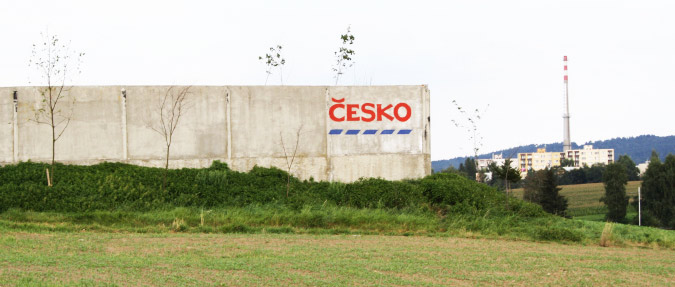
Jana Lörinczová, Česko
DOX, which recently celebrated its fifth birthday, provides a welcome home for contemporary art in Prague with exhibitions which supplies a platform for a broad range of both Czech and international artists to share their contrasting conceptions of the world. Kde domov můj continues in this tradition and is certainly worth an afternoon of anyone’s time. After all, Dorothy was right: there’s no place like home – even if many of us would struggle to tell you just where or what that is.
10 10 to 13.1
Kde domov můj “Where Is My Home?”
DOX Centre for Contemporary Arts
October 10, 2013-January 13, 2014
**
Do you consider the Czech Republic or elsewhere to be your home?











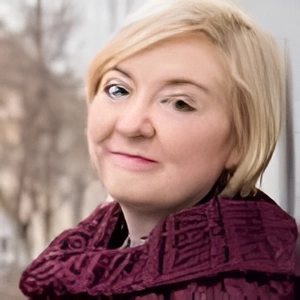
 Reading time: 5 minutes
Reading time: 5 minutes 













